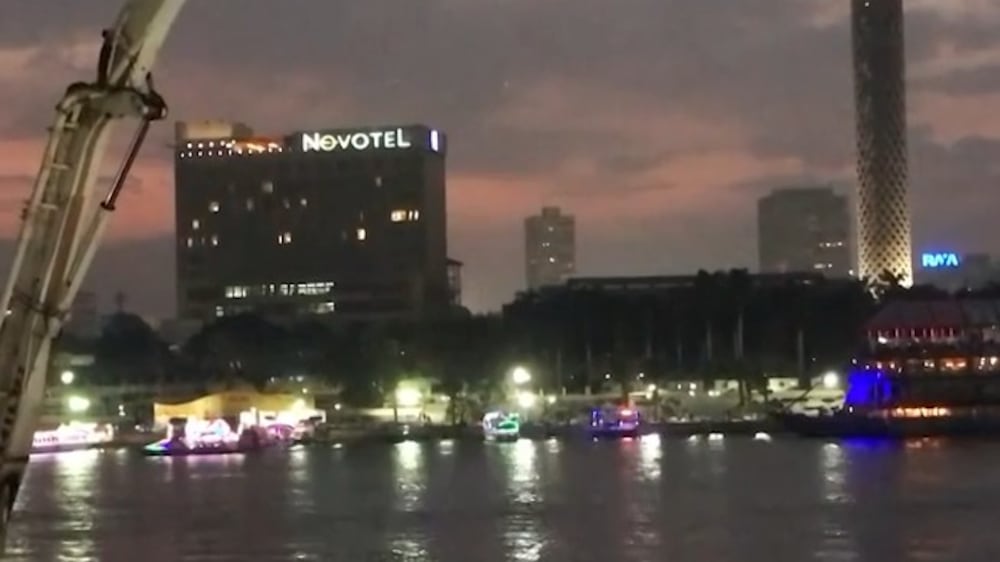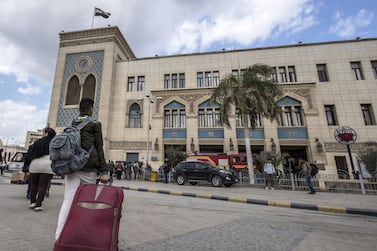The government behind the ambitious, all-out construction drive in Egypt’s capital says that new flyovers sprouting up in Cairo are needed to ease the city’s nightmarish traffic.
But others, who point to poor planning, strongly disagree. They say flyovers are a short to mid-term solution to traffic congestion and the key is to move from car-centred strategies and invest heavily in public transport.
The tussle that pits the government and its planners against independent experts and urban activists is the kind that can be found almost anywhere in the world, but in Egypt the tensions are particularly fraught.
Construction is a cornerstone of the domestic policy of President Abdel Fattah El Sisi’s government and will probably be the defining feature of his legacy.
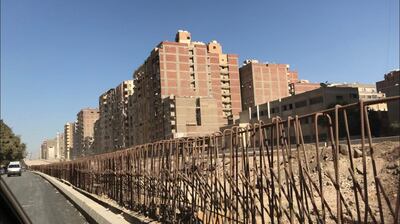
The work – under way since 2014 – spans dozens of flyovers; bridges on the Nile; new cities, including a new capital in the desert; thousands of kilometres of new roads; and low-income housing projects.
This overhaul of Egypt’s infrastructure is being overseen down to the smallest detail by the hands-on president, who often reminds Egyptians of the gross neglect the country suffered for decades before he took office in 2014.
But of all the mega projects Mr El Sisi’s government is undertaking, the flyovers in Cairo – as many as 25 by some accounts – are the most hotly debated in conversation and on social media by many of the capital’s 23 million residents who have for decades endured unbearable traffic congestion and suffocating pollution.
Now it looks set to get worse.
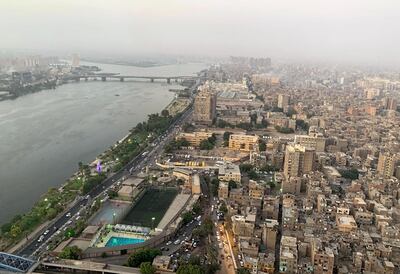
The flyovers encourage car culture to grow and disrupt the social fabric of neighbourhood communities while undermining small roadside businesses, critics said.
In Heliopolis, a leafy suburb that is home to the president’s palace, building flyovers has meant sacrificing trees and greenery, while elsewhere in the city real estate value has plummeted because flyovers take up the width of a street and residents can literally touch them from apartment windows.
“A lot of what is being done is in many ways needed to stimulate the economy, but sometimes we do that at the expense of 100-year-old trees or areas of historical significance,” said Ahmed El Dorghamy, a prominent energy and environment consultant.
About 1.1 trillion Egyptian pounds ($70 billion) worth of transport projects and 1,000 bridges and flyovers are either planned or already under way between now and 2024, he said.
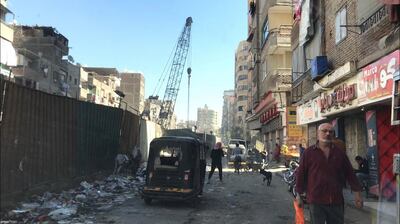
According to Mr El Sisi, 200,000 new cars are added to the country's roads every year, mostly in Cairo and the Mediterranean city of Alexandria. On a popular television talk show this month, he said that “we need flyovers to reduce pollution, ease psychological pressure [on motorists] and save time”.
He also assured critics that his government was investing just as much on key sectors like health and education.
Experts agree with the desperate need to ease traffic congestion in Cairo, a vast, Nile-side metropolis where densely populated shanty towns and wealthy neighbourhoods have existed side by side for decades.
But many say that mass transport projects announced in recent months, including plans for electric trains, a monorail, expansion of the city’s subway and a substantial overhaul of the railways, are a more sustainable and long-term solution.
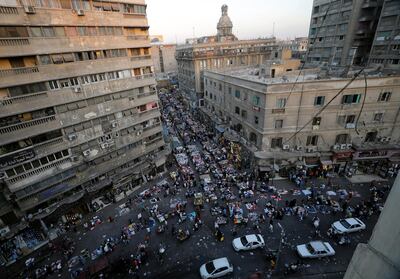
“We are treating a city with clogged veins by unclogging those veins. That’s a simplistic approach because we also need to factor in heritage, preservation and public space as well as road safety,” said Mr El Dorghamy, who lives in Heliopolis.
He said the flow of traffic was quicker with the new flyovers on Cairo streets but said the city would return to its former levels of congestion after a few years. “Maybe we will not even be back at square one because, by then, we would not have the public space we once had.”
In the past two years, at least six new flyovers were built in Heliopolis alone, mostly running through residential areas and public spaces that had contributed to a quality of life rated among Cairo’s best.
Some activists claim that the special qualities of Heliopolis were sacrificed to building flyovers that create easy and quick access to the new capital farther out in the desert, the crown jewel in all the mega projects undertaken by the government.
The government categorically denied the allegation.
According to Michel Hanna, an activist from the area, Heliopolis lost more than 4,000 square metres of greenery and about 500 trees to make way for flyovers.
“I think the person who was in charge of planning built a bridge at every available space,” he said.
Excessive reliance on flyovers characterised urban development in Egypt for decades and made their shortcomings all the more apparent today.
“If you look at the history of planning in Egypt going back decades, you’ll find that overpasses are an easy and quick solution that allow people to move faster, but they don’t address the core of the problem,” said Engy Hegazy, an expert on mobility in Cairo.
“They’re just giant concrete structures that are pragmatic but void of any beauty. They lack social life. They take up space that could otherwise be a square or a street that brings people together.”
The May 15th bridge is a case in point. Built in the 1980s, it split the upmarket neighbourhood of Zamalek, slicing through the district’s high street and dividing the community.
Mohammed Hegazy, another independent consultant on mobility in cities, agrees with Ms Hegazy’s argument. “Much of the world now is moving away from widening roads and building overpasses that allow the focus to be on private cars and not public transport,” he said.
Mr Hegazy, however, is positive about the effect on the city when a multitude of environment-friendly public transport projects come online.
“The rate of change in Cairo has accelerated in the last few years,” he said. “I am excited about this change because, as we effect change, we will be able to identify what works for us and what does not.”
